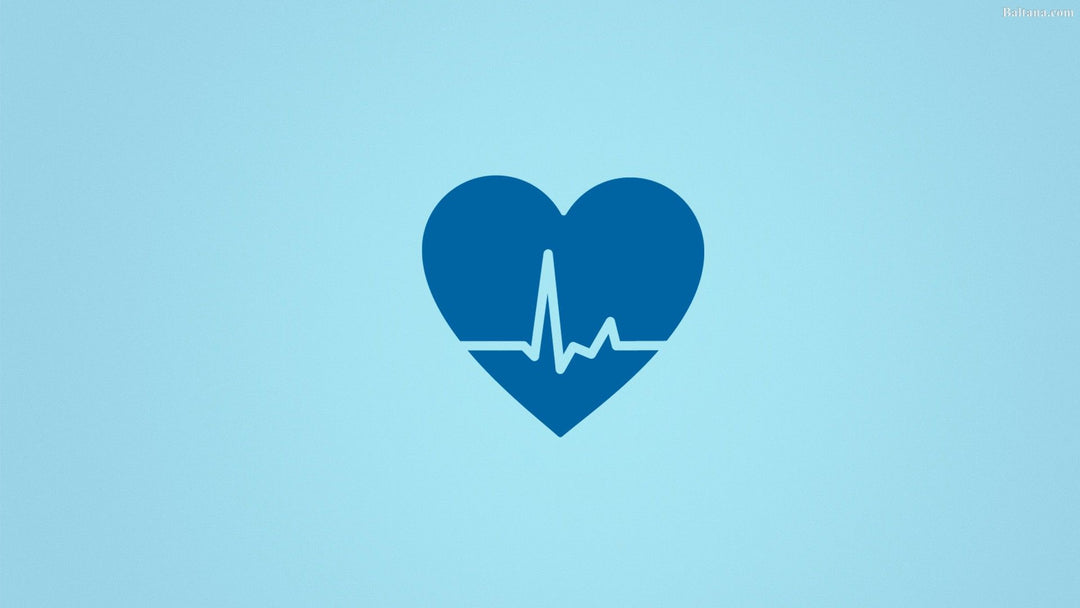Change your mindset, Change your health, Change your bottom line!

Introduction: Covid-19 has brought the world’s economy to a standstill, humbled the most medically sophisticated countries and united our world through fear, uncertainty and panic. For most of us the fear of getting the disease, the threat of losing a loved one or losing our livelihood elicits a visceral fight-flight reaction. This mental anguish can translate to physical symptoms of insomnia, heartburn, palpitations and headaches to name just a few. There is an undeniable connection between the mind and body, and while some degree of stress is essential to our survival, excessive and prolonged exposure to stress hormones wreak havoc with our biology and make us vulnerable to disease. Shifting from a fear mindset to a trust mindset not only improves your personal health but it profoundly impacts the choices you make as leaders resulting in better outcomes for your company.
As CEO’s you are no strangers to chaos and crisis, but this unprecedented situation has disrupted the ability to predict outcomes and challenged the most seasoned executives to quickly adapt when faced with numerous unknown variables. Many of you may feel unprepared for what’s to come and how to best manage this particular crisis. However, even in this situation there are coping strategies and patterns that predict success or failure. One thing for certain is that you must have a COVID checklist or plan of action. Being mentally prepared and mindful of how you show up is absolutely key. Without a plan from the top- down, many companies will flounder and head into a downward spiral. Laying down a framework to approach the situation as a whole allows you to navigate the struggles and challenges with confidence and trust.
Employers who understand the link between employee wellbeing and organizational performance are best positioned for the economic recovery - David W. Ballard
COVID-19 CHECKLIST
Communication: Open, transparent, and frequent communication is one of the most vital strategies to implement as a company. There has been tremendous sense of loss, sadness, and despair in many households from both economic hardships and social isolation. Acknowledge, the very real emotions your employees have faced surrounding this situation. Recognize your own fears and own them, showing vulnerability is not a weakness. Communicate with empathy, integrity and heart so your team feels understood. Acknowledgement of their fear helps relieve their anxiety and improve engagement and commitment to your company. Reach out via email, zoom or any hybrid communication that works for your particular company, a few words of compassion and kindness from the leaders goes a long way. Also, look at some of the positive outcomes that are happening from this unique situation and list three positive, optimistic outcomes that serve to inspire them (and yourself). For example, many employees state they came together as a community, felt more connected and bonded with each other going through this crisis together.
Organize: Plan strategically the “re-Opening” of your company. What is your new normal going to look like? What changes have you made to ensure continuity of service without compromising the safety of the employees? They need to hear that you have thought this through. A phased opening with staggered numbers to allow a gradual re-entry of the entire work force starting with most essential first. They should be aware that you have carefully considered things like physical barriers (plexiglass ), physical distancing, food sharing protocols, meetings in confined board rooms, disinfectants and PPE availability. Do you have a policy in place to support your employee if they are sick? Some companies make it difficult to take sick leave, employees who felt supported report deeper commitment. You may have to re-write some policies to ensure employees are aware you would rather have them at home while they are sick so they don’t infect others in the workplace.
You may wish to have FAQ sheet in your communication as there will be many questions about sanitization measures – show them that management is working efficiently, thoughtfully and swiftly to ensure lowering the risk to them. Although we cannot reduce risk to ZERO, it is imperative that employees see that you have engineered a plan to reduce risk. E.g. What is your stand on masks? Bathroom cleaning, how frequent, how many allowed in at one time? For some business they may have to make risk informed decisions about exposure to clients or increasing their online presence to mitigate risk. Organize and follow public health protocols, policies to provide a safe environment for your employees and their loved ones at home who interact with them.
What plans do you have in place to make mental health and stress management resources available? Companies that are open, non-judgmental, help their employees and help their bottom line. In addition to increased absenteeism, unresolved mental health issues put higher cost on insurance claims and lowers productivity.
Values: Revisit your position statement, purpose and mission to see if it works with your new normal. It may be time to re-evaluate or re-define the company’s belief system and what truly matters for the future. Things have shifted, many of your employees have had an opportunity to spend time with family. They may desire a better work-life balance there may be more requests to work from home. Is that something your company can sustain or accommodate? While productivity is important to the bottom line, having employees who are given some flexibility to have quality time in the home with their families at lunch time or after school are valuable benefits. In the past we became programmed to fill in gaps in our schedule at work. In fact, we have seen that business can run, employees can work even if there is some degree of flexibility. This is fundamentally going to change things in the workplace and last well beyond COVID. Many working parents are re-setting their priorities since they have had a taste of what it feels like to have more quality time with their kids. This is going to reshape the way we work and hire. It is going to be driven by the new mindset and standards that employees request. What will they accept moving forward? Possibly a shift in more contract work, freelancing, remote work and forms of work we may have not even encountered. Eighty nine percent of the employees surveyed at Prudential Insurance felt valued because they had flexibility, time off for healthrelated classes, and ability to telecommute. Be cognizant to “what really matters to them”. Take the time to recognize and appreciate employees who have helped you through this turbulent time, make them feel valued. Cultivating relationships from me to we to us creates a sense of belonging and community.
Innovation: This “novel’ virus calls for novel approaches, it is a case of “survival of the most adaptable”. Many companies have adapted to virtual businesses overnight. COVID has affected every sector of business: travel, leisure, sports, entertainment, hotel, restaurant and education. How has your company adapted to the changes and how creative are you at thinking outside the box? Perhaps the new meetings are video calls…do you have the bandwidth and software to look at innovative ways to have meetings in the future. Have you thought about making it easier for employees to have access to the technology they require to keep up with the new demands? Re-define the opportunity for business evolution as we enter this paradox of CONSTRICTION vs EXPANSION.
You have to be innovative to push yourself to novel ways to grow. Constriction breeds innovation and creativity. Adversity and challenges open new doors to pivot and expand. Connect with other thought leaders, creative brainstormers, new ways of thinking and shift your mindset to being open, curious and adaptable.
Many people report this isolation was in fact a great break/pause and ignited some creative, new ideas. However, for some employees, this break makes them stagnant and apathetic (“what’s the point”). It takes energy and novel inspiration to motivate them back to work again. It helps to create a “What’s going right journal” as leaders we are always looking for what’s missing, scanning for mistakes, making list of things to be fixed. Writing about the things that are going well and “right” helps to embed confidence and trust. Ask them to contribute, shifting to a different way of acknowledging your employees will help them to become more engaged and re-connected to your company.
Decisions: Be a leader who is a product of their decisions not a product of their circumstances. As leaders you carry tremendous responsibility for the company, it is important to remain aware whether you are you REACTING or RESPONDING? It makes all the difference since our nervous system often gets out of control when there is fear, uncertainty and turmoil such as COVID crisis. Currently some leaders are shooting from the hip i.e. reactionary style, they make decisions based on fear. In contrast, leaders who take the time to gather information, make conscious plans, take deliberate measures will likely navigate their company to more solid footing because they are responding not reacting.
A calm nervous system not in reactive mode is more creative, thought out and measured and uses global thinking areas of the brain. You consciously choose what words you use to communicate, who you choose to listen to, what business you support and what advice you follow. Your attitude, reactions to government, people, media are dependent on your mindset so make sure you are responding and not reacting when making big decisions. Cultivate optimism, stay vigilant, productive, and acknowledge the positive outcomes based on this unique situation E.g. Earth is rejuvenating, nature is resurrecting, work and life shifts are happening, communities are coming together.
Conclusion: Shift from a fear mindset to trust mindset ,improve your personal health and of those around you.Leverage the COVID checklist of Communication, Organization, Values, Innovation, and Decisions and optimize your bottom line from the top-down.



